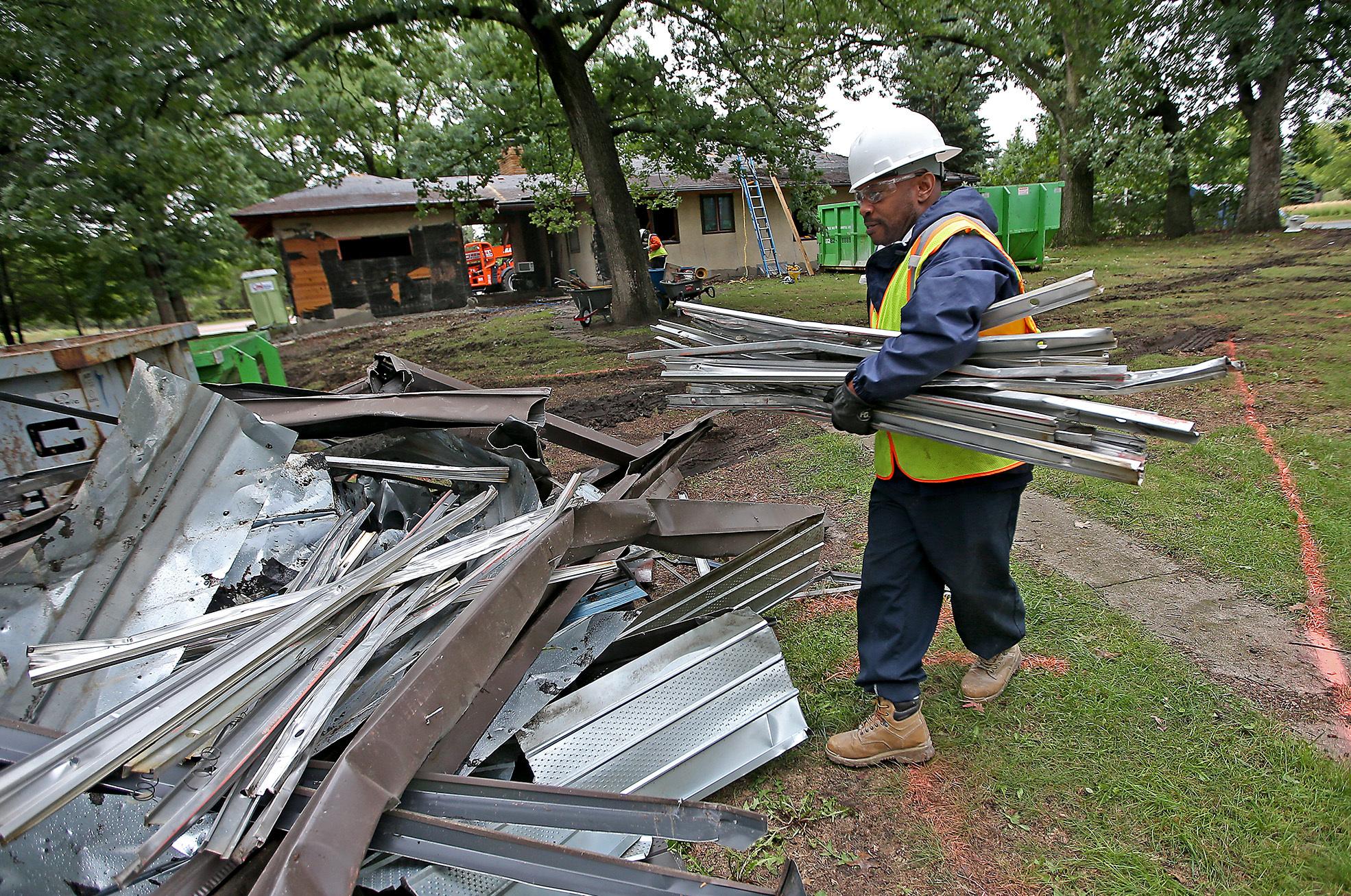According to the Construction Materials Recycling Association (www.cdrecycling.org), the construction industry generates 325 million tons of waste in the United States each year that could have been recycled.
With a growing population and an aging infrastructure, it comes as no surprise that construction and demolition sites are among the largest producers of trash. However, with a growing social conscious and our ability to recycle as an industry is getting more convenient, thinking proactively about how to recycle and repurpose materials should be a must for companies this year.
According to Waste Management, recycling does not need to slow down or hinder job site performance. There sustainable solutions that can actually help contractors meet their environmental goals while preserving their economic ones. Waste Management offers an easy way to look up resources for recycling materials no matter your location.
Here are five examples of building materials likely on your jobsite today that you can, and should, recycle:
1. Wood
Hundreds of thousands of new homes are built in the United States every year. From particleboard sheathing to polished mahogany floors, wood is used at every step of the construction process. There as many opportunities to repurpose or recycle wood from your jobsite.
Some of the wood that is torn out of existing structures can be recut or refinished for other uses at a cost far below new replacements. Weathered wood is considered on trend with designers and prospective home buyers. The wood that is considered to be trash can be ground up into chips for use in particleboard.
2. Drywall
Drywall is a main staple of modern construction. Drywall is little more than pressed gypsum covered with paper, but it’s hard to imagine a home today built without it. It’s fire-resistant, easily painted, and can last for years.
Drywall has a multitude of uses even after it’s torn down. Portions of it can be cut to patch holes or cover smaller openings. Ground up, it makes a good addition to fertilizer and fireproofing materials.
3. Steel
Steel can be melted, pulled, pounded, and bent for almost any purpose imaginable. Steel, in one form or another, is used nearly everywhere. It makes the best tools and supports frames in everything from two-story structures to modern skyscrapers. Just as often as steel is used, it is discarded. Millions of tons of steel are thrown out every year in the United States.
The wonderful thing about most metals, but especially steel, is that there is always high demand. With steel, every bit of it can be melted down and reused in new applications, instead of being left to rust away into the groundwater.
4. Glass
Construction firms don’t normally bother recycling glass for a number of reasons. It’s cheap, easily made (from sand), at times hard to remove, and often has other materials attached, such as pieces of vinyl or aluminum window frames. It’s also environmentally safe, if unsightly and potentially dangerous when left lying around.
All glass is 100-percent recyclable! It can be sorted at the recycler into various types, melted, blended, and repurposed into any type of glass or fiberglass product. Recycling glass means cheaper costs passed onto both builders and consumers.
5. Concrete
Concrete debris was once trucked off to landfills, but today is a frequently recycled material that can save builders money. Recyclers, for a small fee, will screen out dirt and other debris and crush the old chunks of concrete.
The recycled concrete can be used as filler in foundations, walkways, walls, and other forms of poured concrete. When crushed, this form of recycled concrete is often used as a bed for layout of plumbing or drainage. It’s also used by landscapers as a weather barrier around plantings.
Recycling all these materials benefits the environment because manufacturers don’t have to use as much fuel or energy to obtain and process additional natural sources. Recycling means fewer landfills, and less energy means lower costs for construction companies and their customers.


